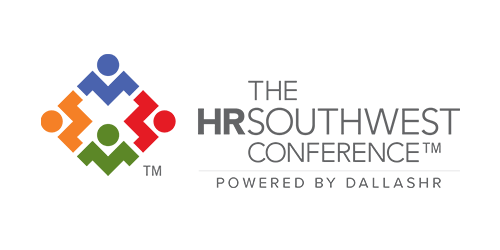
5 Steps to Succession Planning for HR
You know you’ve got talented, engaged employees. Your organization is a good place to work. You’ve got a strong hiring process in place.
So, why do you need succession planning?
Succession planning is a strategic approach to making sure your company will have the right talent and skills available, whether through internal promotion or external hires. It also ensures essential institutional knowledge and capabilities are available, even when employees in key positions leave.
And leave they will. Gone are the days when people spent their entire career with a single company. Moreover, after an historic period of stress, many people are reconsidering what work truly means to them, driving a record number of departures in what many are calling the Great Resignation of 2021. In fact, according to research by career site Monster.com, as many as 95% of workers are considering quitting their jobs—or already have. And the numbers reflect the trend, with reports from the Bureau of Labor Statistics’ Job Openings and Labor Turnover Survey showing nearly 4 million people quit their jobs in April, May, and June 2021. In July, a record 10.9 million positions were unfilled.
Employers are considering a range of strategies to keep talent happy, including upping compensation, enhancing benefits, expanding PTO and much more. A focus on retention, though, is just one part of organizational succession planning. The rest of the process considers the reality people will leave, and any business faces serious risks without planning for their departures.
Business continuity matters—to your other workers and stakeholders, and to the bottom line. Here’s how to prioritize and invest in succession planning to benefit your organization and secure its future.
#1: Identify your key positions.
Which positions or capabilities are absolutely essential to fulfilling your organization’s commitments or strategic goals? (If your organization is a nonprofit, ask what is essential to fulfilling your mission.) Succession planning begins with identifying which roles, areas, or leaders are key to the business. Then, planning can focus on ensuring there is a plan in place when a resignation comes.
#2: Assess internal interest.
For many organizations, the best talent is your current employees. They’re engaged, know your culture and work processes, and often hold valuable institutional knowledge. Some of them are keen to advance, too. Identify them through transparent internal processes and consider where they might need further training or experience to be ready to advance.
#3: Focus professional development and training.
Once you know what talent you have available internally, you can determine how to effectively pursue professional development. This can be through leadership training, certification, internal and external projects, and more. Developing your people and giving them opportunities to advance can help you maximize your investment in training, too, as it can keep these valuable skills within your organization.
#4: Factor in corporate knowledge transfer.
Skills development is an important focus area, but so is corporate knowledge transfer. This refers to everything leaders know about your clients or customer base, industry, processes and more. It’s important they can pass this on to the next generation of leaders when it’s time. Incorporate specifics on how you will capture and preserve corporate knowledge in your succession plan.
#5: Formalize, monitor, and reassess your succession plan.
It’s been said the only constant is change. Undertaking the first steps in creating a formal succession plan is just one part of a continuous process. By revisiting your planning regularly, you’ll be able to adjust to changes in your market, company, or talent and adapt your plan accordingly.
Is your organization ready to embrace succession planning? Have you done so already?
DallasHR is the third largest SHRM affiliate chapter in the nation. With more than 2,100 engaged HR professionals, the Chapter has been Advancing the Value of HR since 1939 through cutting-edge education, fun networking events and opportunities to share best practices with others in the field of HR. The Chapter powers The HRSouthwest Conference, one of the largest regional HR events in the U.S. DallasHR events are held throughout the metroplex. Visit us at dallashr.org to join or hrsouthwest.com to register and follow us at #DALLASHR, #HRSWC.





